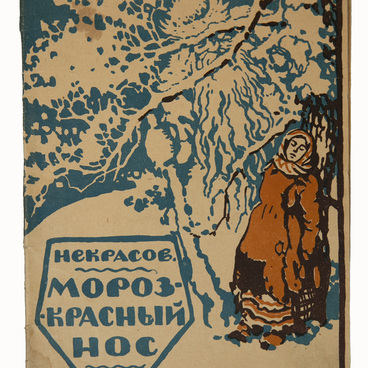The clock in the dining room of Ivan Dmitrievich Sytin is a console clock of the “religieuse” type, produced in Western Europe. Such clocks became widespread in the 18th century in England. They were named after the French word console — a wall shelf on which these clocks were placed. The console, like the case of such clocks, was made of wood, and the decoration techniques were also similar: artistic inlay, carving, and so on. From the mid-19th century, these clocks came back into fashion, while forms and elements of previous artistic styles were actively used in their production. The main feature of the religieuse clock is the façade made in the form of a portal of a palace, church or cathedral with a portico including columns, pediments, arches, niches, and balustrades. They were also decorated with mascarons, coats of arms, shields and other attributes that were in fashion at that time.
The wooden case is almost rectangular in shape. The façade is decorated with floral motifs and mascarons in the form of lion heads. On the sides are smooth columns with Doric capitals. The large dial with Arabic numerals is decorated with an engraving with a floral ornament; it covers the front part almost completely. The hands are made of finely hammered and openwork copper. Above the round dial is a pommel in the form of a basket-handle arch, richly decorated with openwork floral ornaments. The legs of the clock are made in the shape of a spinning top.
Until the mid-17th century, most clocks had only one hand (the hour hand), and the dial had
divisions of at least a quarter of an hour, as these clocks erred by 30 minutes
a day. Clocks became portable when springs replaced the fusee. But the real
revolution happened when Christiaan Huygens invented the pendulum clock. The accuracy
of the stroke increased significantly and a minute hand appeared on the dial.
Clocks became lighter and more elegant: they were then made of brass and gilded
bronze. Clocks in a wooden case were produced to satisfy a wide demand, as wood made the
final product cheaper. Not only inexpensive, but also
valuable wood species were used. The case was decorated with gilding, carving
and inlay. Clocks had quadrangular cases and a bell-shaped top with a handle.
One side of the clock had a secret door through which the time was set. Roman
or Arabic numerals were featured on a round dial decorated with ornaments. Floral motifs were rather
popular. Dials designed like ordinary kitchen plates came into fashion.


